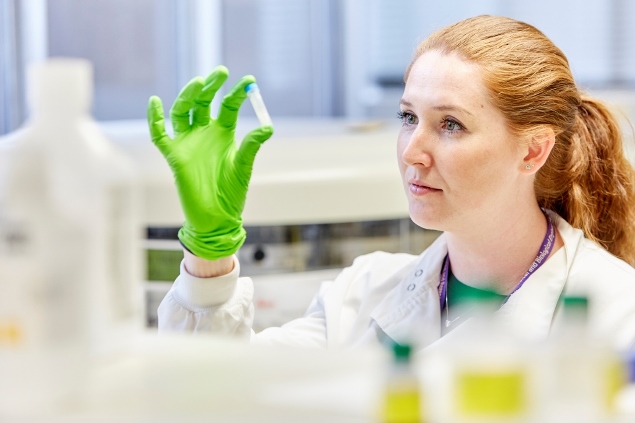
Blog
Multidisciplinary insight into decellularised tissue: an interview with Dr Hazel Fermor
Date: December 12, 2018
In this interview with RegMedNet, Dr Hazel Fermor (Lecturer in Musculoskeletal Regenerative Medicine, University of Leeds) discusses the challenges and applications of decellularised tissue in cartilage repair.
What interests you in this area?
There is a huge patient demand for effective treatments; I’m sure all of us know someone who has got osteoarthritis. The ability to develop an earlier intervention regenerative therapy, so the people do not develop that disease in the first place, is really important to me. Regenerating tissues rather than waiting for people to have gone through many years of pain and disability before having to have a complete toe–joint replacement seems like the best idea to me.
What progress have you made on developing this early intervention?
I am really lucky to work as part of a great group at Leeds who are developing some brand new novel technology based on decellularising natural tissue. Instead of starting from scratch, we use what nature has already made and simply remove the cells from those natural tissues which would otherwise cause rejection. That leaves us with an extracellular matrix composed of proteins and sugars, laid down in the same natural structure and composition as a biological tissue. When you go on to implant this, you do not get an immune response, as you’ve basically got a like-for-like implant.
These have been shown to be really successful in lots of different applications, so it is a platform technology that we can apply to different tissues of the body. At the moment, decellularised dermis is being used to treat diabetic foot ulcers really successfully. Because we have seen that level of success in pioneering products, we have more confidence to develop a later stage product. That’s where I come in, working on musculoskeletal interventions and developing processes to decellularise cartilage and bone. We are hoping that these will be just as successful as the precursor products.
To read the full interview, visit the RegMedNet website.
Back to Blog Overview
